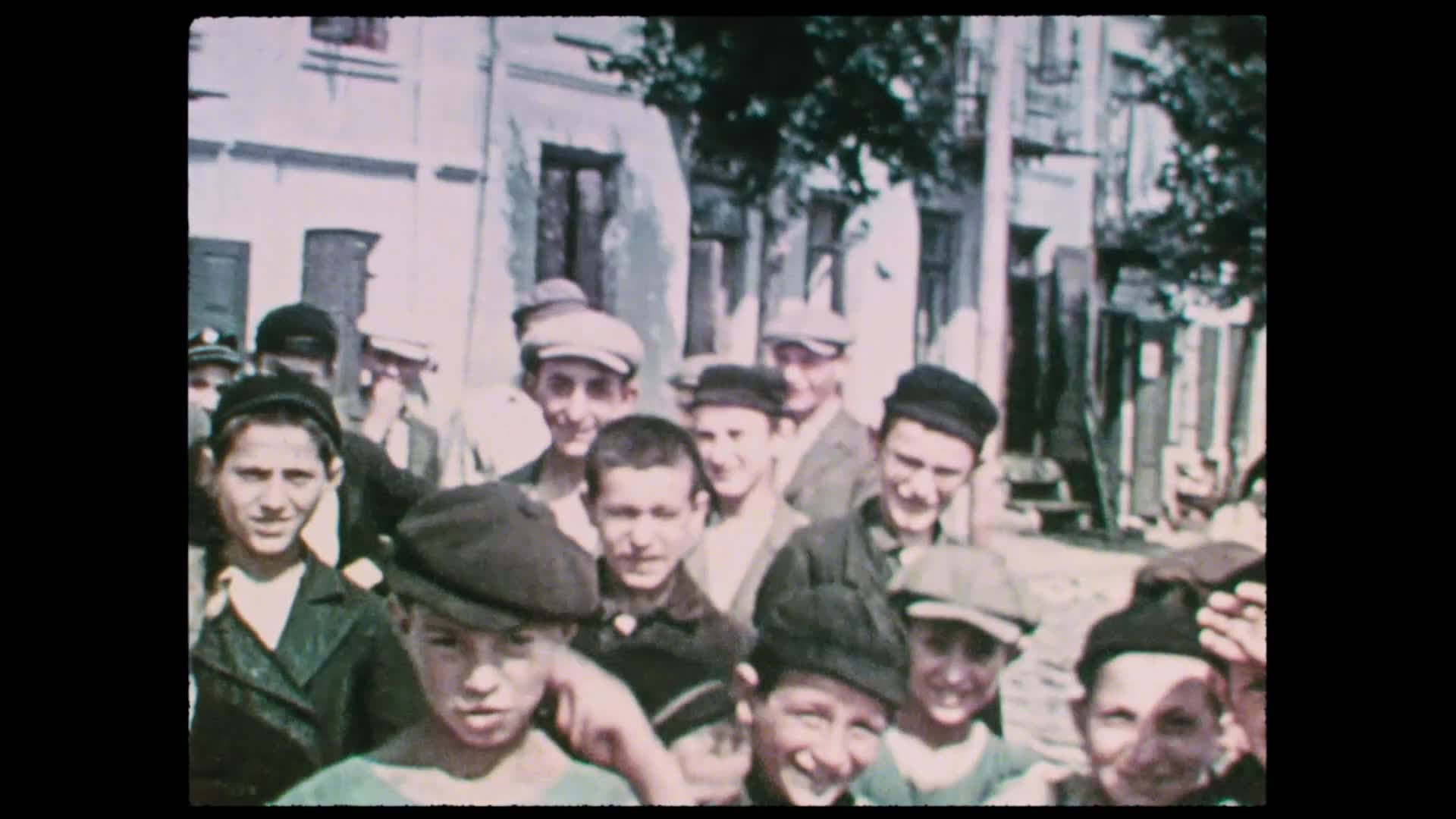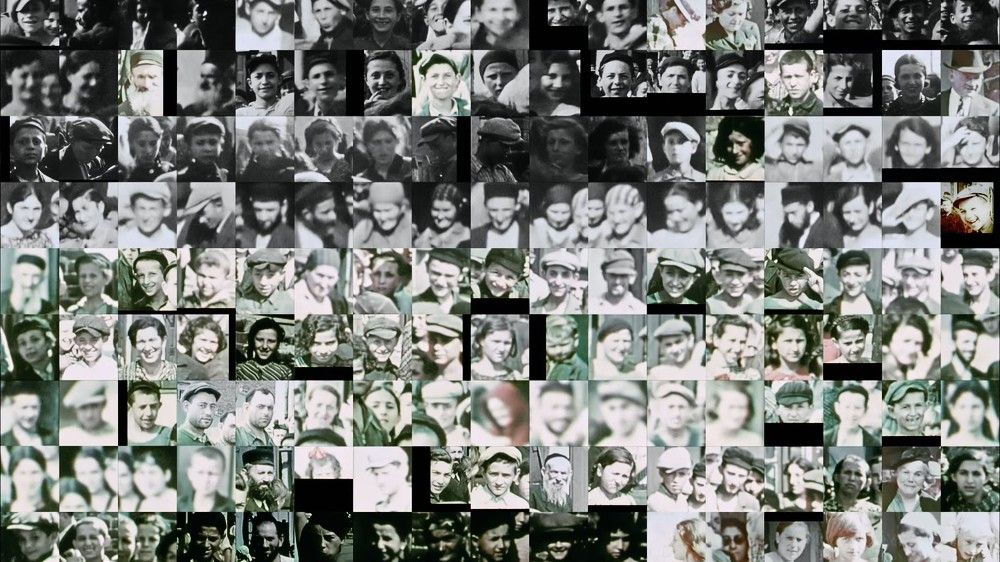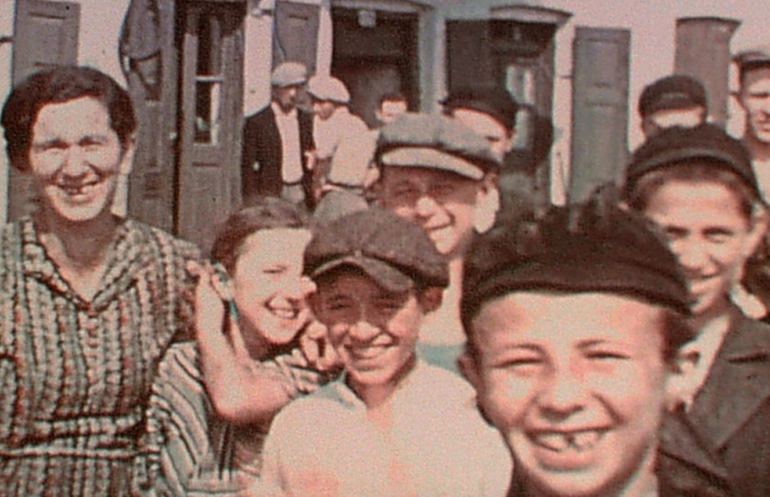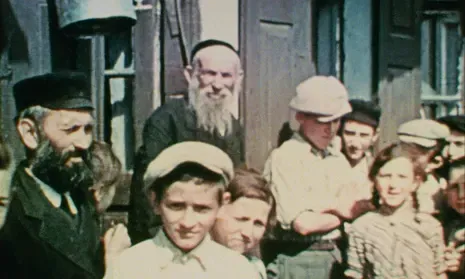By Sean Lawrenson, First Year, English
Bianca Stigter’s latest film pays tribute to the massacred town of Nasielsk, and the attempts to find fragments of memory from 180 seconds worth of film.
Stigter’s film takes hold of you. The whole three minutes are played straight away, but over the course of the following hour, every little detail is picked apart and analysed meticulously. There are searches for people, places, and eventually stunning observations of minute details in the background. The filmed footage comes from a home video found in 2009 by Glen Kurtz, and what follows is his (amongst others) journey to find forms of life.

The film, narrated superbly by Helena-Bonham Carter, does not focus solely on the atrocities committed against the people of Nasielsk but instead focuses on finding the lives they had before the war – given that the footage was shot in 1938.
In every face, identified or not, there is a trace. Every spiral that untangles, from unsuccessful attempts to identify simply the town to eventually the arduous process of finding some of the people in that film, is a wholly mesmerising one.
Whilst the film leans further into trying to recognise the lives these people lived, there is a section, which recounts how the people of the town were treated, which is gut-wrenching and harrowing, and although we never see these events, it is almost more impactful to see what there was before.

It reminded me at times of Alain Renais’ Night and Fog (1956). Seeing these vast, empty spaces and thinking, as an audience, about what happened there makes the film all the more impactful.
Days after having seen it, moments keep creeping up into my mind, and that is a testament to every aspect of this film: it stays with you. From the narration, collation and direction, it all comes together to leave a lasting impression.

This isn’t by any means an easy watch, but it does pose a beautiful depiction of what it means to be alive.
As the film recognises, finding out any of these people’s names won’t bring them back to life, and it won’t prevent the atrocities inflicted upon them, but it may help to remember the people they were. The lives that they lived, the people they met and fell in love with. The happy memories they had.
This is what the film concerns itself with, and that is what I find so remarkable.

It is an essential watch. I mean that in the way some teachers are showing Schindler’s List (1993) because it is so deeply ingrained in cultural memory. Not as daunting as the ten hours posed by Shoah (1985), the film offers a gaze into people, not events.
The population of Nasielsk was 7500 in 1939, of whom 3000 were Jewish, and it is of these 3000 Jewish citizens that only 100 survived the Holocaust. The film embodies their memories expertly, highlighting that they lived real lives, and what is left is nothing short of a masterpiece.
So, if you have an hour (and ten minutes) to spare, I highly suggest you watch Three Minutes: A Lengthening. I doubt you’ll be able to watch a film as impactful in that space of time as this one.
Featured Image: Bianca Stigter
Have you had the chance to watch Stigter's impactful film?









